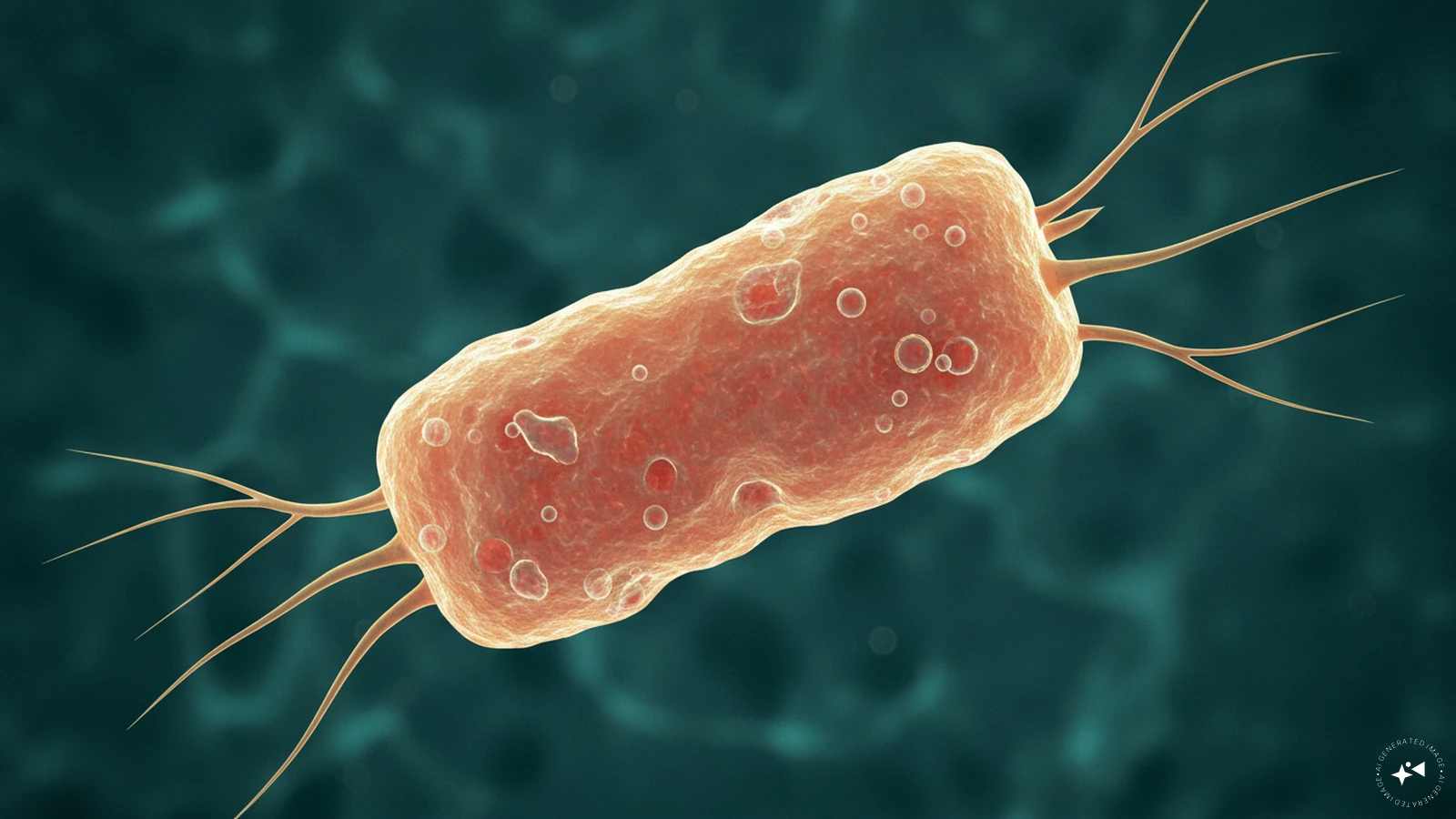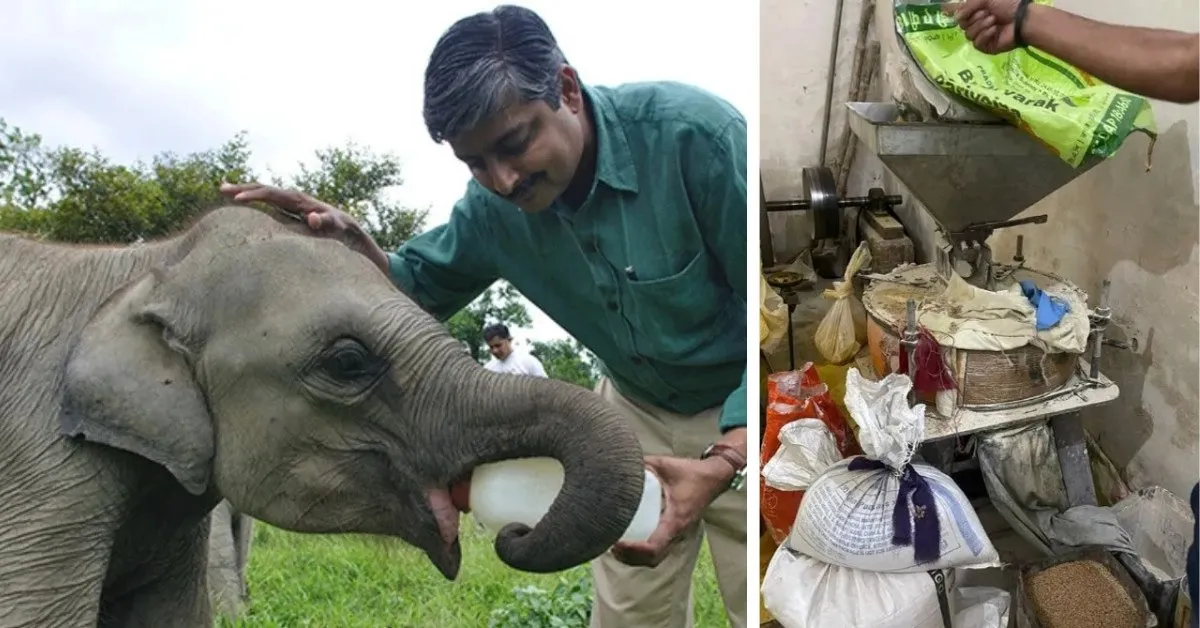Deadly Brain-Eating Amoeba Reported In Kerala Could Be Around Us Too: Here’s How To Stay Safe
By Himani Chandna,News18
Copyright news18

Kerala has recently reported new cases of brain-eating amoeba, a rare but often fatal brain infection that has alarmed public health authorities. Though not new, the disease is so uncommon and fast-acting that it often goes undiagnosed until it is too late.
Medically known as Amoebic Meningoencephalitis, doctors in the state have been trained to run cerebrospinal fluid (CSF) tests on patients when standard fever panels yield negative results—a step that has led to confirmed diagnoses of the amoeba-driven disease.
While Kerala has been able to detect Amoebic Meningoencephalitis due to its strong surveillance system, the rare pathogen and its related infection can be present in any state across India, as this amoeba survives in places with fresh water bodies, including water storage tanks. Early recognition of symptoms is key to surviving the infection, experts told News18. Anyone experiencing unexplained fever, severe headache, nausea, or repeated vomiting—classic signs suggestive of meningitis—should seek immediate medical attention.
What Is Amoebic Meningoencephalitis?
The infection is caused by Naegleria fowleri, a free-living amoeba found in warm freshwater bodies such as lakes, rivers, and poorly maintained swimming pools. Once contaminated water enters the nose, the amoeba can travel to the brain, leading to severe inflammation.
While it shares symptoms with bacterial meningitis, its course is more aggressive. Patients typically begin showing signs anywhere from 1 to 12 days after exposure, with fever, severe headache, seizures, vomiting, and confusion being the most common red flags.
Without swift treatment, the disease almost always proves fatal, with mortality exceeding 95% worldwide. On average, death occurs within days of symptom onset.
Why Is Kerala Seeing More Cases?
Experts caution that this is not necessarily a new outbreak but rather a better diagnosis.
Dr Rajeev Jayadevan, a former president of the Indian Medical Association, Kochi, explains, “Among all brain infections, amoebae account for only a small fraction, so they were often missed. After Kerala began routinely testing patients with meningitis-like symptoms for amoebae, more cases were identified. It is not a new disease, but improved detection.”
Meningoencephalitis is an infection of the brain, commonly caused by bacteria and viruses. Among all the cases of meningoencephalitis, amoebae represent only a small fraction. “Therefore, it is not routine practice to look for amoeba while investigating a patient with suspected brain infection. Consequently, cases get missed.”
After detecting a few cases in 2016, Kerala has made it a standard practice to test for amoeba in people who present with features of brain infection. “With increased specific testing, more cases of brain infection caused by these amoebae have since been identified,” he said, while adding, “It is not a case of a new disease or a new outbreak, but rather a case of better diagnosis of brain infections overall.”
Similarly, Reetha KP, from Kerala’s health department, clarified that due to heightened surveillance, the disease has been detected in Kerala. “It does not mean it’s not anywhere else. People die, but it remains undetected. Relatives believe that they died only due to fever…”
As of today, 19 deaths and 71 confirmed cases have been reported in Kerala. In response, the state’s health department has stepped up prevention measures, issuing guidelines for safe chlorination of swimming pools, ponds, and hot springs, alongside public awareness campaigns on avoiding exposure to untreated water. “Kerala’s heightened surveillance system, built after the Nipah outbreaks, has been crucial in detecting cases of Amoebic Meningoencephalitis early,” Dr Reetha KP, additional director, National Health Mission, Integrated Disease Surveillance Program & National Vector Borne Disease Control Programme, Kerala, told News18. “Our clinicians know that if all standard fever panels return negative, they must proceed with cerebrospinal fluid (CSF) testing—which has helped us identify this rare but dangerous infection.”
She said that the state, alongside early detection, has intensified prevention activities by creating public awareness and issuing guidelines on safe chlorination and use of water bodies such as swimming pools, ponds, and hot springs.
How Do People Get Infected?
According to Dr Jayadevan from Kochi, “There are several hundred species of amoebae that live freely in our environment, of which three or four cause brain infection. Amoebae are present in ponds, rivers, water tanks, taps, heaters, drains, swimming pools, and water pipes. Harmful amoebae are not always present in all locations.”
Recreational water exposure is the biggest risk factor. Activities such as swimming, diving, or playing in stagnant ponds, lakes, and inadequately chlorinated pools have all been linked to infections. Even nasal irrigation with tap water—a common household practice—can introduce the amoeba if the water isn’t boiled or filtered.
Dr Sunil Agrawal, consultant (neurology) at Fortis Greater Noida, told News18, “Transmission occurs when contaminated water enters through the nose. It does not spread person-to-person. The use of nasal clips while swimming, avoiding untreated freshwater, and ensuring strict chlorination of pools are simple but effective preventive measures.”
How to Detect and Treat?
Diagnosis typically involves a lumbar puncture to examine cerebrospinal fluid and brain imaging via MRI or CT scans. However, because of its rarity and resemblance to other brain infections, diagnosis is often delayed.
“Common symptoms are high-grade fever, severe headache, seizures, vomiting, and altered mental status. Lumbar puncture for CSF examination and imaging of the brain by MRI or CT are primary diagnostic tools,” Agrawal said.
Treatment relies on aggressive drug combinations—such as amphotericin B, rifampin, miltefosine, and fluconazole—administered over weeks. But outcomes remain poor, highlighting the urgency of early suspicion and intervention. “The optimal duration of therapy is uncertain, but reports range from 9 to 30 days. Amoebic meningoencephalitis is associated with a high mortality rate of above 90%. The mean time from exposure to death ranges from 1 to 17 days.”
Given the high fatality rate, prevention is the strongest defence. Dr Praveena NB, paediatric infectious disease specialist at Amrita Hospital, Kochi, explained that “People should avoid immersing their heads in untreated water bodies, especially during summer and monsoon when water stagnation is common. Domestic wells and swimming pools must be regularly chlorinated. And anyone with unexplained fever, severe headache, or vomiting after water exposure should seek immediate medical attention.”
She added that timely awareness can make the difference between life and death: “Rapid recognition of symptoms and early diagnosis give us the best chance of saving lives.”



